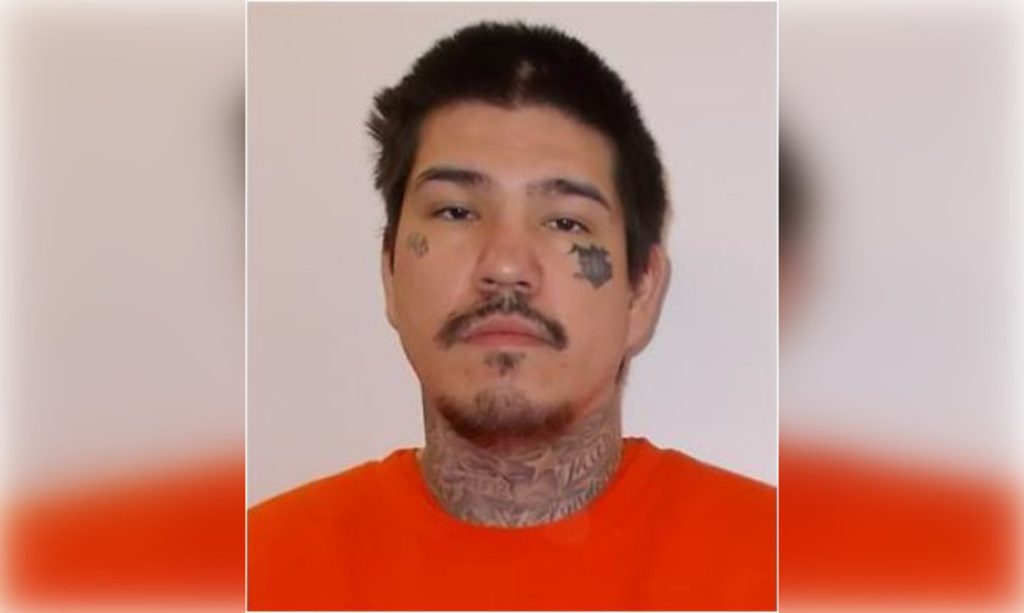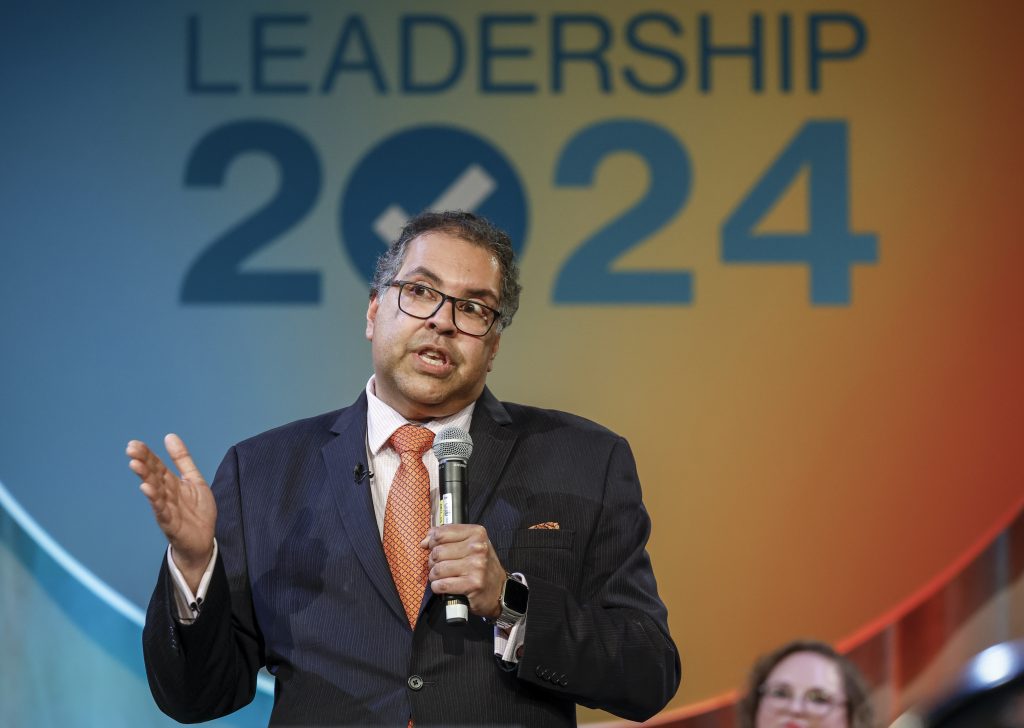Report recommends change in funding of Canada’s Olympians and Paralympians
Posted Jun 22, 2017 9:00 am.
Last Updated Jun 22, 2017 9:41 am.
This article is more than 5 years old.
A shake-up is coming in how Canada pays for its athletes to win Olympic and Paralympic medals.
The Department of Canadian Heritage, with Sport Canada under its umbrella, released a report Thursday from its review of “targeted excellence,” a system established over a decade ago that doles out money based on the ability to win medals.
Since that philosophy was adopted, Canada had its most successful Winter Olympics ever with 26 medals, including 14 gold, in 2010, and one of its most successful Summer Games last year in Rio with 22 medals, including four gold.
“I’m unapologetic about my assertion that targeting sports has worked,” Canada’s Minister of Sport Carla Qualtrough told The Canadian Press.
“Our country is better off because we embarked on a path in sport 12 years ago. In order to sustain that, we need to have a longer-term game plan.
“We’re really going to drill down into what this report says. From there, we’re going to work to better our high-performance sport system.
The federal government, and by extension the Canadian taxpayer, is the single biggest funder of the country’s high-performance athletes, to the tune of about $200 million annually.
Own The Podium makes funding recommendations directing $70 million in targeted excellence money — about $6 million of it comes from the Canadian Olympic Committee — to sports federations whose athletes demonstrate medal potential.
While the report concluded that approach produces medals, half the Olympic athletes surveyed said how it is administered “needs a major re-think and revisions.”
OTP came under scrutiny as funding evaluations made annually means a sport federation and its athletes could quickly be defunded from one year to the next with little time to find other revenue.
An athlete whose sport was defunded said in the report losing the funds was like getting “bombed back to the stone age.” Athletes who didn’t receive targeted funding felt left behind.
The most extreme example is the national skeleton team that got $3.5 million in the quadrennial prior to 2014, but has received $386,000 in the first three years of this quad.
The report suggests a funding commitment of more than one year would allow sport federations to create a more stable environment for their athletes.
“One of the things we heard loud and clear from athletes is they feel responsible for the financial sustainability of their organization,” Qualtrough said.
“So ‘I’m going into worlds next week and my performance will have an impact on whether my coach has a job in six months.’
“That deters from performance. It’s just not fair and it’s not healthy. I’m hoping to relieve some of that pressure off athletes by giving the kind of multi-year approach to funding that they can know if they have an off-day, or regardless of their effort someone is better, their coaches still have a job in six months.”
Qualtrough said sports and athletes that don’t receive targeted funding need to see a clear path to getting it.
She added that OTP has a vital role to play as an adviser. OTP’s chief executive officer agrees.
“We’ve already reflected internally to say ‘OK, what can we do? What kind of technical guidance can we provide to those sports to help them advance more quickly than what they might otherwise?'” Anne Merklinger said.
The report, written by the Ottawa management consultant company Goss Gilroy, revealed confusion within the ranks on who exactly is in charge of making sport decisions.
“In Canada, it’s not clear who is the high-performance leader,” it said.
Canada has many decision-makers compared to the United States where the U.S. Olympic Committee oversees the entire high performance sport system.
Qualtrough approves OTP’s recommendations of who gets how much money.
Sport Canada administers a $130-million envelope of money that includes athletes’ carding money and funds to host international events.
The Canadian Olympic Committee brings millions of dollars of corporate sponsorship into the system and bills itself as the largest private-sector funder of sport in this country.
The Canadian Paralympic Committee and the network of sport institutes across the country are also big players.
“We could benefit very much from everyone knowing clearly where the buck stops,” Qualtrough said.
“Imagine if we all knew very clearly what our roles and responsibilities were and if we could all focus on those things exceptionally, we would have a world-class sport system in this country.”
The report also stated the belief that not nearly enough money is going to athletes five to eight years from their peak performances. That group represents Canada’s medallists of the future.
“We cannot sustain this level of success and this level of podium results — given that the field is increasingly competitive — without looking a little further down the pipe to make sure we have athletes to keep generating those results for us,” Qualtrough said.
The review’s work was conducted at the same time the federal government made a commitment of $5 million annually for four years to “NextGen” athletes, on the condition OTP match that figure via its own fundraising.
The NextGen funding addresses the need to develop young talent, although resources for up-and-coming athletes continue to be limited, Merklinger said.
“We’ve got more organizations with more medal potential than we’ve ever had,” she said. “We haven’t been able resource the NextGen athlete to the degree that we want to.
“If the well runs dry before you get to really address the five- to eight-year horizon, then we’re in a pickle.”










